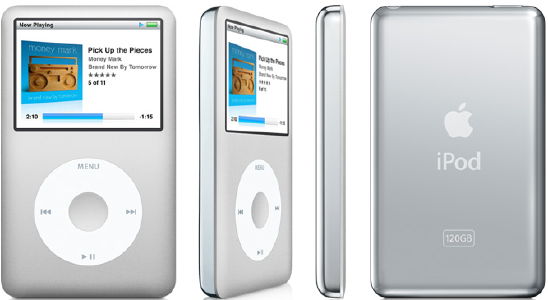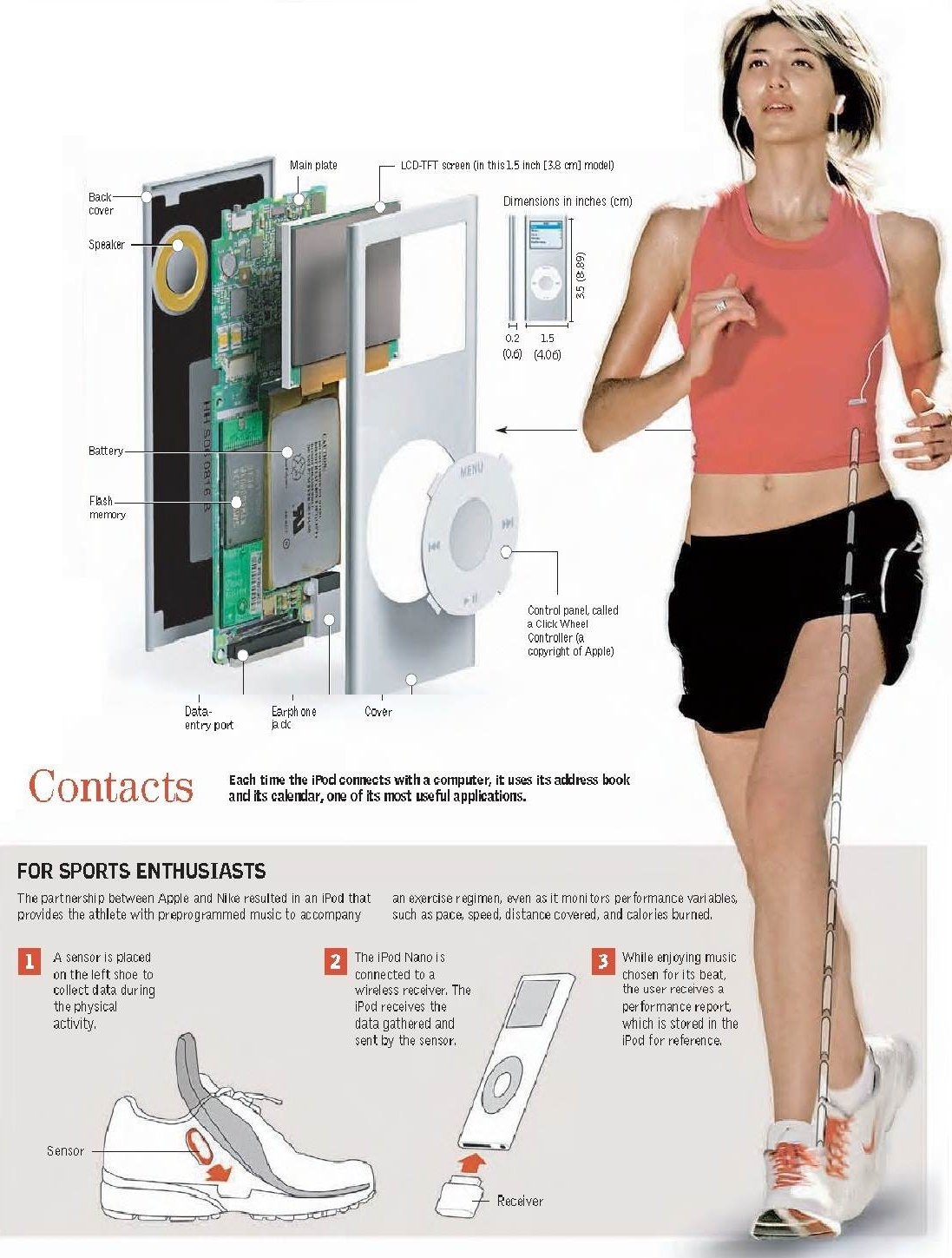©2013-2015 TechnicalWisdom.blogspot.com
Like Technical Wisdom on Facebook
Advertisement Banner
What's inside LCD TV's, A Dazzling Technology Indeed
Cross-Sectional View of a LCD TV Hi friends i hope you had enjoyed the first post from my blog, now prepare yourself for the 2n...Read more

|
0
Hi friends i hope you had enjoyed the first post from my blog, now prepare yourself for the 2nd post, its is all about LCD TV's. The technology used in the display of small cell phones and laptops is based on the use of liquid crystals- a discovery dating back to the 19th century. This technology has been applied to television sets, causing a revolution in terms of size and image quality. LCD television are flatter and lighter than conventional sets and need less power to operate.
INSIDE THE SCREEN
LED BULBS
State-of-the-art screens use diodes, which emit red, green, and blue light. Together these colors form a powerful white light that replaces traditional fluorescent tubes.
DIFFUSER
Controls brightness and softens the light.
CIRCUITS
Convert the TV signal into electric instructions for the liquid crystal to use in forming the image on the screen.
LIQUID CRYSTAL
Discovered at the end of the 19th century, liquid crystals share characteristics of both solids and liquids. Their molecules can have a specific crystalline structure—which is characteristic of solids— but still have some freedom of movement. In LCDs, crystals can be oriented by
THE PATH OF LIGHT
Image with the help of polarizers, microscopic crystals, and color filters. Much of the process depends on technology that orients the light rays in a precise manner. From an environmental point of view, LCD screens emit almost no electromagnetic radiation, and their energy consumption can be less than 60 percent of what the cathode-ray tube of a conventional television set requires.
INSIDE THE LCD SCREEN
When white light is turned into a TV
Source
Sends white light, the waves of which naturally disperse in all directions.
First polarizer
Arranges the white light in a series of vertical rays.
Thin-film transistor (TFT)
A thin film of crystal, covered in microscopic transistors, which acts according to the TV signal, sending instructions for crystal positioning.
Liquid crystal
Hundreds of thousands of microscopic crystals oriented according to the “instructions” given by the TFT, they interfere with light waves and twist them in specific directions
Color filters (Subpixels)
The white light waves twisted by the crystals are transformed into red, green, and blue waves.
Passive crystal
Second polarizer
filters
The light waves in a horizontal direction. The brightness of the subpixels varies depending on the direction given the light waves by the liquid crystal.
Antiglare
Layer
RED Ray (blocked ray) BLUE Ray (Full intensity ray)
HOW CRYSTAL ACTS

Hi friends i hope you had enjoyed the first post from my blog, now prepare yourself for the 2nd post, its is all about LCD TV's. The technology used in the display of small cell phones and laptops is based on the use of liquid crystals- a discovery dating back to the 19th century. This technology has been applied to television sets, causing a revolution in terms of size and image quality. LCD television are flatter and lighter than conventional sets and need less power to operate.
INSIDE THE SCREEN
1
State-of-the-art screens use diodes, which emit red, green, and blue light. Together these colors form a powerful white light that replaces traditional fluorescent tubes.
2
Controls brightness and softens the light.
3
Convert the TV signal into electric instructions for the liquid crystal to use in forming the image on the screen.
4
Discovered at the end of the 19th century, liquid crystals share characteristics of both solids and liquids. Their molecules can have a specific crystalline structure—which is characteristic of solids— but still have some freedom of movement. In LCDs, crystals can be oriented by
THE PATH OF LIGHT
Image with the help of polarizers, microscopic crystals, and color filters. Much of the process depends on technology that orients the light rays in a precise manner. From an environmental point of view, LCD screens emit almost no electromagnetic radiation, and their energy consumption can be less than 60 percent of what the cathode-ray tube of a conventional television set requires.
INSIDE THE LCD SCREEN
When white light is turned into a TV
1
Sends white light, the waves of which naturally disperse in all directions.
2
Arranges the white light in a series of vertical rays.
3
A thin film of crystal, covered in microscopic transistors, which acts according to the TV signal, sending instructions for crystal positioning.
4
Hundreds of thousands of microscopic crystals oriented according to the “instructions” given by the TFT, they interfere with light waves and twist them in specific directions
5
The white light waves twisted by the crystals are transformed into red, green, and blue waves.
6
7
The light waves in a horizontal direction. The brightness of the subpixels varies depending on the direction given the light waves by the liquid crystal.
8
RED Ray (blocked ray) BLUE Ray (Full intensity ray)
HOW CRYSTAL ACTS

Enjoyed this post?
Get all the news you need about
how with the TW's newsletter
ipod and its evolution
The iPod classic (120 GB) is a hard drive-based iPod featuring a large, widescreen color display, a Click Wheel, and the capability of...Read more

|
0

Well, today we will discuss about ipod and its evolution, This fifth-generation, sophisticated multimedia player, introduced by Apple in 2001, currently lets users store and play up to 80 GB of music, video, and images, encoded in many formats; it also allows them to transfer information from both Mac and PC computers.

The iPod can download new files from iTunes, an exchange software developed by Apple. This software serves as a complex data manager, allowing customersto purchase files from a library of more than 3 million songs and 3,000 videos
Behind the scene:
The interior of a 2 GB iPod Nano illustrates the complexity of this multimedia player. Chips,
circuits, plates, ports, and even a thin liquid crystal display fit into a space
only 3.5 x 1.5 inches (9 x 4 cm).


The iPod classic (120 GB) is a hard drive-based iPod featuring a large, widescreen color display, a Click Wheel, and the capability of displaying photos and videos
Well, today we will discuss about ipod and its evolution, This fifth-generation, sophisticated multimedia player, introduced by Apple in 2001, currently lets users store and play up to 80 GB of music, video, and images, encoded in many formats; it also allows them to transfer information from both Mac and PC computers.

ipod and its evolution: 2001 to 2007
The iPod can download new files from iTunes, an exchange software developed by Apple. This software serves as a complex data manager, allowing customersto purchase files from a library of more than 3 million songs and 3,000 videos
Behind the scene:
The interior of a 2 GB iPod Nano illustrates the complexity of this multimedia player. Chips,
circuits, plates, ports, and even a thin liquid crystal display fit into a space
only 3.5 x 1.5 inches (9 x 4 cm).

Enjoyed this post?
Get all the news you need about
how with the TW's newsletter
Subscribe to:
Posts (Atom)
©2013 TEchnicalWisdom.blogspot.com
©2013- TechnicalWisdom.blogspot.com
About Technical Wisdom
Welcome! TW is all about Technology. We cover everything from simple gadget to moon rocket and we strive to dish-out fresh authentic Articles. As Oscar Wild said "The only thing to do with good advice is to pass it on. It is never of any use to oneself."
contact
